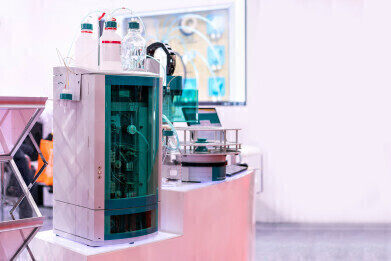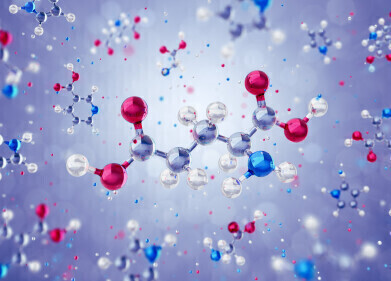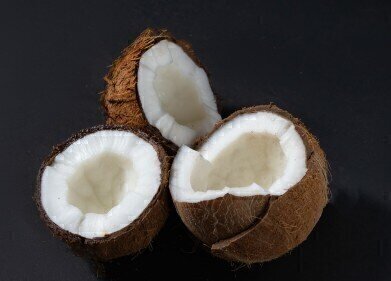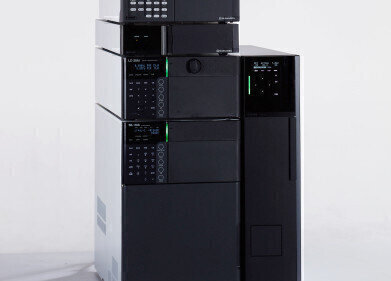Ion Chromatography (IC)
Ion Chromatography Advantages v Disadvantages
Aug 16 2023
Ion Chromatography (IC) is widely employed for the separation and quantification of ions in various samples, ranging from environmental and pharmaceutical samples to food and beverage products. The method's foundation lies in its ability to separate ions based on their interaction with an ion-exchange stationary phase, making it an invaluable tool in chemical analysis.
One of the significant advantages of Ion Chromatography is its ability to detect and quantify a wide range of ions, both inorganic and organic, even in complex matrices. It allows for the simultaneous analysis of multiple ions in a single run, saving time and resources. IC can detect ions in trace amounts, often at parts-per-billion (ppb) or even parts-per-trillion (ppt) levels, rendering it highly sensitive.
Another advantage of IC is its selectivity. Different stationary phases, such as anion exchange and cation exchange, can be chosen to target specific ions. This selectivity reduces interference from other ions present in the sample, enhancing the accuracy of results. Additionally, the method requires minimal sample preparation, which helps prevent contamination and analyte loss.
IC is also a relatively simple technique to operate, making it accessible to both novice and experienced analysts. The availability of pre-packed columns and automated systems further simplifies the process, reducing the likelihood of human error. This makes IC an attractive choice for routine analysis in industries such as environmental monitoring and quality control.
Despite its advantages, Ion Chromatography does come with certain limitations. One of the main drawbacks is the lack of universal detection. While conductivity detection is commonly used due to its sensitivity to ions, it cannot provide structural information about the separated species. This limitation can be partially overcome by coupling IC with other detectors like mass spectrometry or UV-Vis spectrophotometry.
IC is also restricted in its ability to analyse non-ionic species or molecules that don't interact well with ion-exchange resins. This can limit its applicability in certain fields where a comprehensive analysis of a sample containing both ionic and non-ionic compounds is necessary.
Additionally, the cost of equipment and consumables can be a hurdle, especially for smaller laboratories or research facilities. Maintenance and troubleshooting can also pose challenges, requiring specialised training and expertise.
More information online
Digital Edition
Chromatography Today - Buyers' Guide 2022
October 2023
In This Edition Modern & Practical Applications - Accelerating ADC Development with Mass Spectrometry - Implementing High-Resolution Ion Mobility into Peptide Mapping Workflows Chromatogr...
View all digital editions
Events
ACS National Meeting - Fall 2024
Aug 18 2024 Denver, CO, USA
Sep 04 2024 Chiba, Tokyo, Japan
Sep 04 2024 University of Warwick, Coventry, UK
Sep 10 2024 Rockville, MD, USA
Plastics Recycling World Expo Europe
Sep 11 2024 Brussels, Belgium














